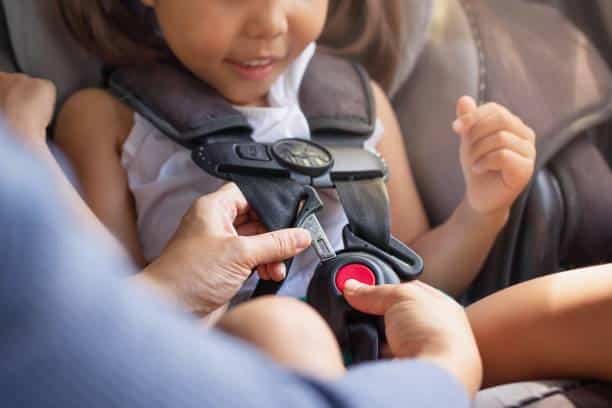Car seat laws exist to ensure that children stay fully protected whenever they travel. These rules help parents understand which seat is appropriate for their child and how to use it properly, because safety depends on more than just placing a child in a seat. The right fit and correct installation play a major role in preventing serious harm.
This is why these laws matter even after a car accident, as the level of protection a child receives is directly influenced by whether the seat was chosen and used correctly. Safety truly begins before the car even starts moving, and understanding these laws helps parents make confident decisions that keep their children safe on every journey.
Selecting the Right Seat for Your Child
Select a seat according to the age, weight, and height of your child. Infant seats are used by the babies; then upgrade them to convertible seats and then booster seats as they grow. The printed limits of the seat should always be observed.
The right choice of seats makes a big difference. Properly using a car seat can significantly reduce a child’s risk of injury compared to relying on seat belts alone. This clearly shows why choosing a seat based on a child’s size and developmental stage is so important.
Appropriate Direction for a Car Seat
Infants and toddlers are safer in rear-facing seats. They cushion the neck and the head in an accident. Keep your child rear-facing until he or she grows above the seat limits. Next is the forward-facing seat using a harness. This still has solid support. Make sure to adhere to the guidelines of the height and weight of the seat.
Sometimes, the rear-facing position is suggested by experts even after the legal age. You need to make a decision that is guided by safety. The more support a child gets, the safer he or she is.
Correct Installation of a Car Seat
Read through the car seat manual and your vehicle manual. The movement of the seat should not exceed one inch at the bottom. A firm installation is key. Make use of either a seat belt or the LATCH system. Avoid using both unless there is a provision for such in the seat. Inspect the seat with each and every child’s buckle.
You can always go to a certified car seat inspection site in case you are not sure. A lot of hospitals and fire stations can provide assistance. An early inspection helps identify potential dangers.
Safest Location for a Car Seat
The safest place for children is the back seat. Frontal airbags can be harmful to young children. When the seat is firmly fitted, the center rear seat is the safest location. In case the center is not working, then a rear seat can be used. Ensure installation is always done correctly and seats are tight and firm.
Recent studies show that children sitting in the back seat are safer than those in the front. One should always choose the safest place possible.
Proper Use of the Harness
Ensure that the harness is snug and has no loose areas. The chest clip should be positioned at armpit level, and the straps should lie flat against the body. Use the pinch test to confirm the straps are tight enough, and check the harness before every ride. Children grow quickly, so frequent adjustments are necessary.
A properly secured harness keeps the child in place during an impact, reducing the risk of serious injuries. Even small adjustments can make a big difference in safety. And above all, always focus on driving safely.
Final Thoughts
Car seat laws are meant to ensure the safety of children whenever they ride. Good practices ensure that every journey is safe for your child. Paying attention to proper installation, harness, direction, and seat will go a long way to enhance safety.
Key Reminders
- Select a seat based on the age, height, and weight of a child.
- Keep children in the rear for as long as possible.
- Seats should be correctly and tightly installed.
- The back seat is the safest location for a car seat.
- A harness should always be worn snugly.
